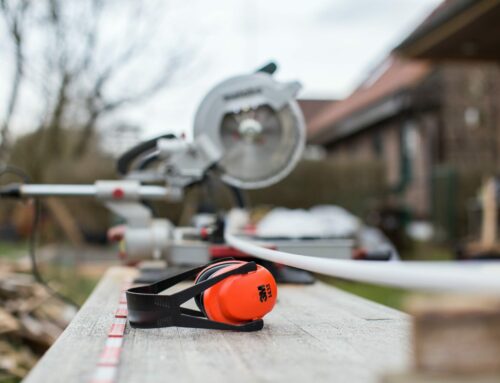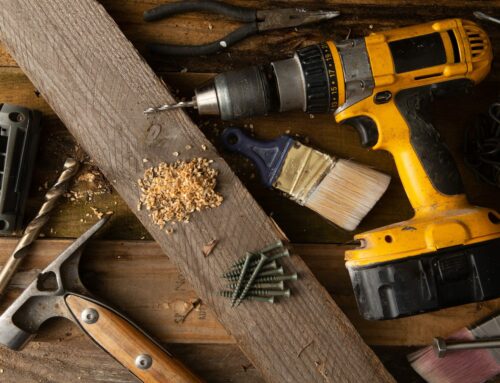Congratulations! You’ve decided you want to build a custom home rather than buy. The next question to answer is: Do you want to build within a community or on a private lot? At Annadel Builders Inc., we believe in building finely crafted homes that are catered to your exact situation and preferences. While both building within a community or on a private lot can be excellent options, each comes with its own particular set of advantages and challenges. First we’ll list the upsides and downsides of buying and building on your own lot. Then we’ll discuss the pros and cons of building within a community.
Pros and Cons of Building on Your Own Lot
- Flexibility and customization options – Building on your own lot affords a greater degree of flexibility when it comes to designing the layout of your home and property. This includes the flexibility of choosing the exact location you want to build as well as how you design the lot. For example, you won’t have to deal with any homeowners’ associations dictating which architectural styles you can choose, what types of pets you can own, or the maintenance standards to which you must adhere. Additions to your home or outdoor space won’t be restricted by lot lines, height restrictions, or outbuilding constraints, and you will have the freedom to adapt your home to your family’s changing needs.
- Increasing the value of your property – Perhaps you already own your own lot! If so, building on it can dramatically increase its value. Even if selling is not something you anticipate in your future, it’s always a good idea to take advantage of equity.
- Peace and quiet – Large lots typically mean fewer neighbors; you’ll have less lights, cars, sirens, and loud conversations intruding into the privacy of your space. In addition, when you have complete creative control over your home construction, privacy is a feature you can choose to maximize with your design preferences.
- Setting up utilities – If your property plot is off the grid, power lines, sewer hookups, and a water source will all have to be installed. This can be an expensive and time-wasting hindrance.
- Soil inspection – Before you can begin construction on a new lot you’ll need to hire a soil engineer to determine if the soil is able to support a foundation. If the soil is loose, easily compressed, or full of clay, you’re likely to need extra foundational modifications in order to build.
- Clearing the land – Depending on the lot, you’re likely to end up having to excavate, clear brush, trim trees, move earth, etc. to prepare for construction.
Pros and Cons of Building in a Community
- Saves time and money – Communities come with infrastructure such as paved roads and sidewalks as well as gas, water, and electric utilities. Having these features already in place can save not only a good deal of time during the construction process, but also a significant amount of money.
- Security of close neighbors – Having neighbors nearby can be a comforting security. Many people prefer to live in a close community rather than in a remote location.
- Access to stores – Living in a community often means that convenience stores, gas stations, and restaurants are readily accessible—a luxury that may or may not be available to you if you build on a private lot.
- Less privacy and flexibility – Of course, the flipside to building on a private lot is that building in a community means more limitations and regulations.
- Less space – Community lots are typically limited in space with little chance of expansion. In contrast, private lots often range from 1-10 acres, giving you space for additional outbuildings, pool, gardens, basketball courts, etc.




